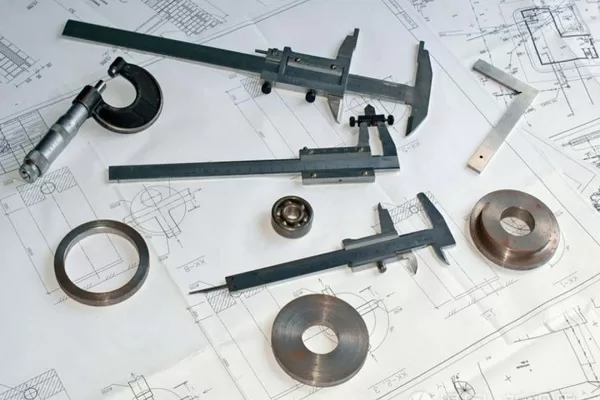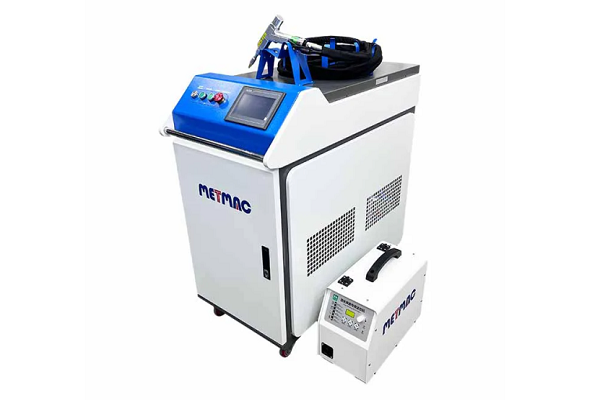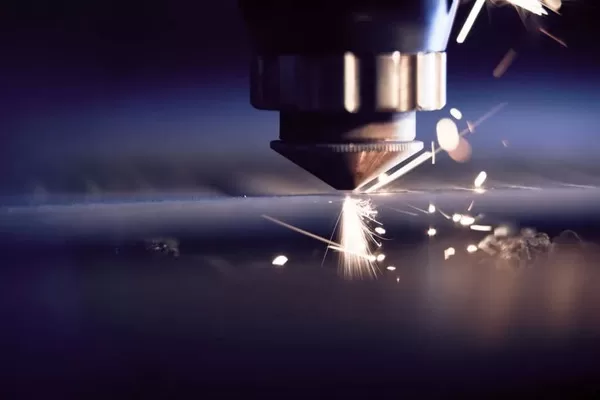
The Future of Duct Fabrication- Trends and Emerging Technologies
- By:Metmac
- 2024-09-13
- 56
Introduction:
The future of duct fabrication holds immense promise as innovative technologies and industry trends converge to revolutionize the manufacturing process. From automated fabrication to advanced materials and cutting-edge design tools, the industry is poised for significant advancements. This article explores the key trends and emerging technologies that are shaping the future of duct fabrication.
Automation and Digitization:
Computer-Aided Design (CAD) and Computer-Aided Manufacturing (CAM):
CAD and CAM technologies have become essential in modern duct fabrication. With CAD, engineers can design ducts with precision, while CAM software automates the cutting and bending of duct components. This combination allows for faster and more accurate production, reducing material waste and labor costs.
Advanced Materials:
Composite Materials:
Composite materials, such as fiberglass and carbon fiber, are gaining traction in duct fabrication due to their lightweight, high strength, and corrosion resistance. They offer improved performance and durability, especially in applications where conventional materials may not suffice.
Smart Materials:
Smart materials embedded with sensors and actuators enable ducts to self-adjust to changes in airflow, temperature, and humidity. This allows for enhanced energy efficiency, improved indoor air quality, and reduced maintenance costs.
Laser Cutting and Welding:
Laser Cutting:
Laser cutting offers exceptional precision and speed in duct fabrication. By focusing a high-power laser beam, it can cut complex shapes and contours with minimal heat distortion. This results in high-quality, burr-free cuts that reduce post-processing time.
Laser Welding:
Laser welding is a non-contact process that utilizes a focused laser beam to weld duct components together. It provides strong and airtight joints with less heat input and distortion compared to traditional welding methods. This reduces the risk of defects and improves the structural integrity of the ducts.
Design Optimization Tools:
Computational Fluid Dynamics (CFD):
CFD software simulates airflow patterns within ducts. It helps engineers optimize duct design to minimize pressure drop, reduce noise, and improve energy efficiency. By analyzing airflow characteristics, CFD enables the creation of ducts that meet specific performance requirements.
Virtual Reality (VR):
VR technology allows engineers and fabricators to visualize and interact with duct designs in a virtual environment. This enables them to evaluate different design options, identify potential issues, and optimize layout before actual production.
:
The future of duct fabrication is characterized by constant innovation and the adoption of emerging technologies. Automation, advanced materials, laser cutting and welding, and design optimization tools are transforming the industry. These advancements empower fabricators to produce ducts with improved quality, reduced costs, and enhanced performance. As the industry evolves, it is imperative for manufacturers to embrace these technologies to remain competitive and meet the demands of the modern construction sector.
-
The Advantages of Using a Sheet Roll Forming Machine in Manufacturing
2024/09/14 -
How to Optimize Your Laser Sheet Cutting Machine for Maximum Performance
2024/09/12 -
How to Maximize Efficiency with Modern Sheet Metal Working Machines
2024/09/04 -
The Environmental Benefits of Using Duct Board Grooving Machines
2024/09/03
-
A Guide to the Latest Innovations in Sheet Metal Folding Machines
2024/11/29 -
Key Features to Consider When Investing in a Sheet Metal Folding Machine
2024/11/28 -
Enhancing Precision with Advanced Sheet Metal Folding Machines
2024/11/27 -
How to Choose the Right Sheet Metal Folding Machine for Your Workshop
2024/11/26



